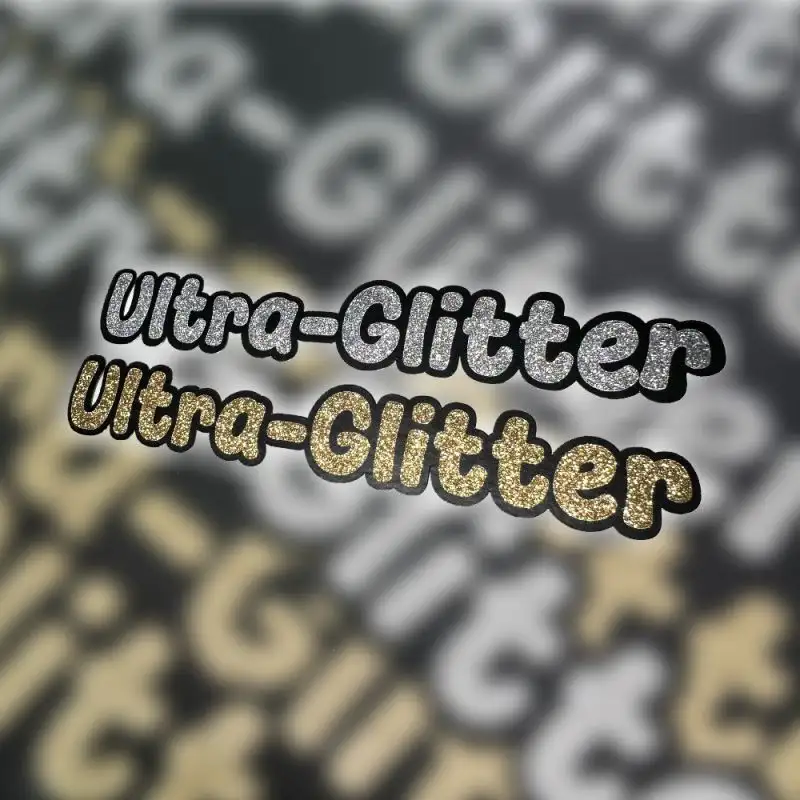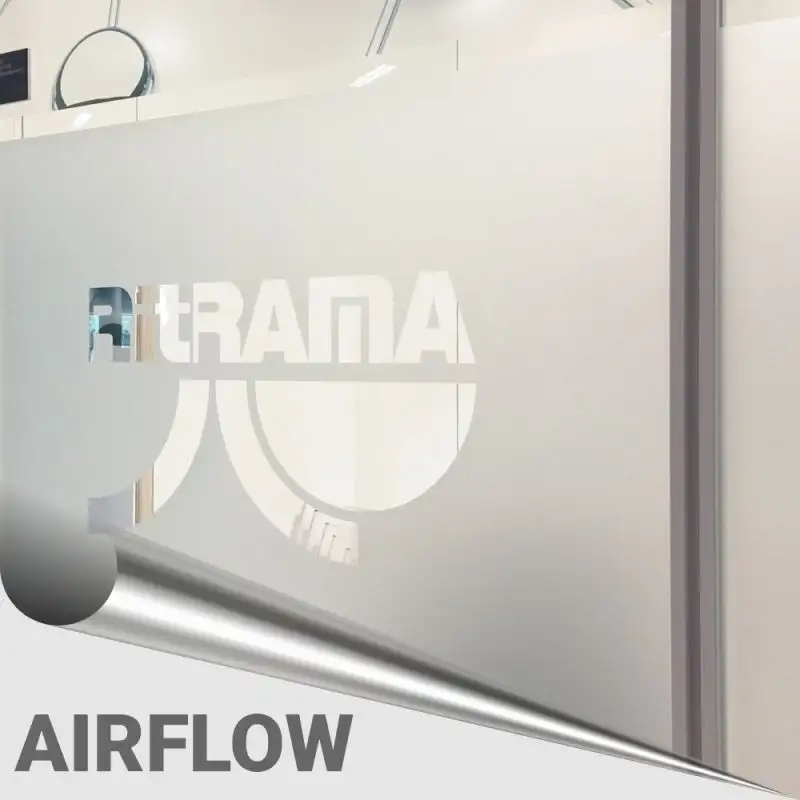In the world of plotter films and heat transfer materials, there's a crucial moment that separates amateur results from professional finishes: contact time. This refers to the precise duration that heat and pressure must be maintained on the material to activate adhesives properly or ensure complete transfer. Getting this element wrong can lead to incomplete transfers, poor adhesion, or even material damage. Foil Direct has developed specific techniques that help creators master this critical variable, transforming frustrating trial and error into a reliable, repeatable process for flawless results across various materials and applications.
Understanding the Science of Activation
The concept of contact time revolves around thermal transfer physics and adhesive chemistry. When heat is applied to plotter film, it must penetrate through the material to reach the adhesive layer, bringing it to its specific activation temperature. This isn't an instantaneous process—it requires sustained contact to ensure even heating throughout the entire design. Different materials have varying thermal conductivity and adhesive formulations, which is why a one-size-fits-all approach fails. Understanding that you're essentially "cooking" the adhesive to just the right state helps explain why timing is as crucial as temperature in achieving perfect bonds.

Temperature and Time: The Critical Relationship
Perhaps the most important principle to grasp is the inverse relationship between temperature and contact time. Higher temperatures typically require shorter contact times, while lower temperatures need longer durations to achieve the same adhesive activation. However, this isn't a linear equation—exceeding recommended temperatures can damage materials before adhesives even activate. Foil Direct's research has established optimal temperature-time pairs for their various product lines. For instance, their standard glitter films might require 15 seconds at 315°F, while their metallic specialty films need just 12 seconds at 305°F, demonstrating how specific formulations demand tailored approaches.
The Role of Pressure in Effective Contact
While we focus on time, pressure serves as the silent partner in ensuring effective contact. Proper pressure creates consistent thermal transfer across the entire surface area of your design. Without adequate pressure, air pockets act as insulators, creating cold spots where adhesives won't properly activate. However, excessive pressure can cause material distortion or force adhesives to bleed beyond design boundaries. The goal is firm, even pressure that ensures complete surface contact without compromising the material's integrity—typically achieved through consistent, moderate pressure from a heat press or steady hand application with a thermal applicator.
Material-Specific Contact Guidelines
Different plotterfolie have distinct contact requirements based on their composition and thickness. Foil Direct's standard vinyl films generally require shorter contact times at moderate temperatures, while their specialty foils and glitter materials need slightly longer exposure due to their layered construction. The thickest materials, such as their dimensional puff films, demand the longest contact times to ensure heat penetrates completely to the adhesive layer. Their product specifications provide starting points, but experienced users learn to make subtle adjustments based on environmental conditions and specific equipment characteristics.
Equipment Variations and Their Impact
The type of equipment you use significantly influences optimal contact time. Heat presses provide the most consistent results because they maintain even pressure and temperature across the entire surface. With these machines, you can typically follow manufacturer guidelines precisely. When using handheld heat devices like irons or heat presses, you'll need to extend contact time slightly and employ technique to ensure even coverage, often working in smaller sections. Infrared heating systems require the shortest contact times but demand precise calibration. Understanding your equipment's characteristics is essential for adapting general guidelines to your specific setup.
Environmental Factors That Influence Timing
Many creators overlook how their working environment affects contact time. Altitude, humidity, and ambient temperature all play roles in thermal transfer efficiency. In high-humidity environments, materials absorb moisture that must be driven off before adhesives can activate properly, potentially requiring extended contact times. In colder workshops, both your material and substrate start at lower temperatures, necessitating longer exposure to reach activation thresholds. At higher altitudes, the lower air pressure affects heat transfer dynamics. Successful applicators learn to adjust their timing based on these often-overlooked environmental variables.

Troubleshooting Common Contact Time Issues
Recognizing symptoms of improper contact time helps quickly correct course. Incomplete transfers or easy peeling typically indicate insufficient contact time—the adhesive never fully activated across the entire design. Ghosting or shadow effects often suggest excessive contact time, where adhesives have broken down or migrated beyond intended boundaries. Discoloration or bubbling usually points to excessive temperature combined with standard contact time. By reading these visual cues, you can make informed adjustments to either your timing, temperature, or both to achieve perfect results.
Developing Consistency Through Technique
Mastering contact time ultimately comes down to developing consistent techniques. This means using timers rather than estimating, maintaining steady pressure throughout the entire duration, and establishing a workflow that doesn't rush the critical heating phase. Many professionals create process checklists that include specific contact times for each material type they regularly use. This disciplined approach eliminates guesswork and ensures that whether you're working on a single small design or a large production run, every piece receives the exact same treatment, yielding consistently professional results that stand the test of time.